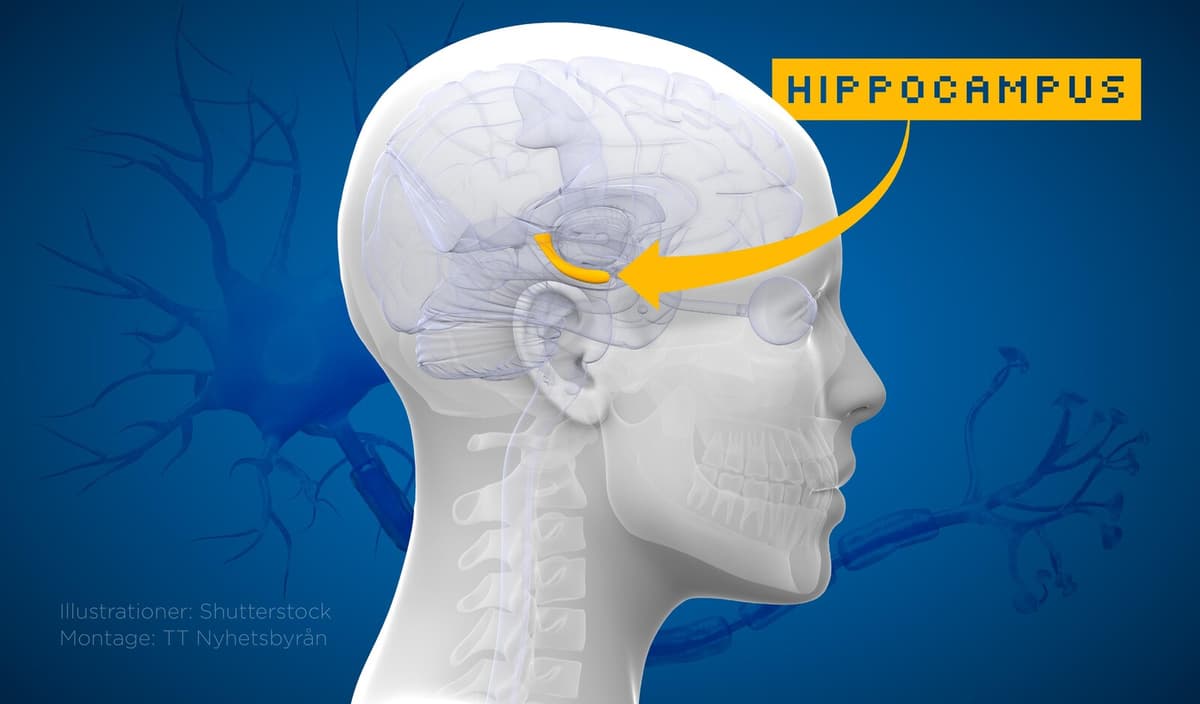The brain contains over 86 billion nerve cells and for decades, it has been debated whether new ones are formed only early in life. Several studies over the years have shown that new nerve cells can be formed in adults in the hippocampus. But it has been discussed for many years how it actually happens.
Researchers at the Karolinska Institute (KI) and Chalmers University of Technology now provide evidence that the stem cells needed exist in the hippocampus – which is important for learning, memory and the ability to regulate emotions. KI calls the study, which has been published in the journal Science, convincing.
With this, a puzzle piece falls into place about how it happens, says Jonas Frisén, professor of stem cell research at the Department of Cell and Molecular Biology at KI, who led the study.
Examined with AI
Certain previous studies have shown that the stem cells do not exist and this has given rise to the debate about the importance and extent of new formation. But the new study has taken a broader approach, according to Jonas Frisén.
We looked at all genes at the same time in each cell, several hundred thousand individual cells, so even if they were few, we would have a chance to find them.
First, children's brains were studied where stem cells are easily found. The information was then given to an AI that used it to examine adults' brains. With the help of AI, 400,000 cells from tissue from 25 people could be studied.
In that way, we got such cells (stem cells), and in various ways validated that they were what we were looking for and could compare how they looked with corresponding cells in other mammals.
Movement gives new cells
Certain adults had very many while others had hardly any. Animal experiments attribute this to both genetics and environmental influence – especially physical activity.
If you put a running wheel in a cage for a mouse, it roughly doubles the nerve cell formation in this part of the brain.
The research can provide a deeper understanding of diagnoses, as there are indications that new formation decreases in Alzheimer's disease. Animal experiments have also shown that antidepressant medications, on the other hand, increase new formation.
It is possible that some of the world's best-selling medications, antidepressants taken by a large part of Sweden's population, actually affect this process. It's the kind of thing that makes it easier for us to study when we know which cells to look at.
The hippocampus is located deep in the temporal lobe and is usually called the brain's memory center since it is important for our memory, learning ability and regulation of emotions. The part plays an important role in creating and storing memories. During the day, short-term memories are stored in a temporary form to be converted to long-term memories during deep sleep when the information is sent to the cerebral cortex.
It belongs to the limbic system in the brain, which evaluates signals from the environment and the body, where the system ranks the signals according to their survival value. The system has great functional and anatomical affinity with the reward system.
The name hippocampus comes from the sea horse in Latin and is due to the fact that its arch shape resembles a sea horse in cross-section.
Sources: Karolinska Institute, National Encyclopedia, Brain Foundation






